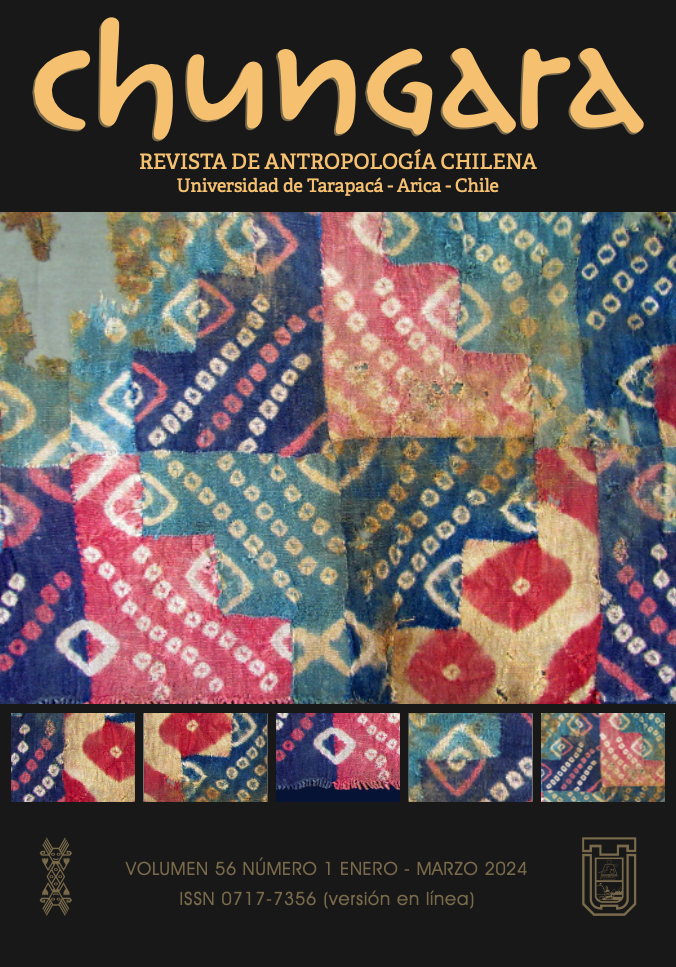20245601(en)/4 - Infant Burial Rituals, Use of Sacred Plants, and Fermented Beverages in the Formative Temple of Tulán-54 (Atacama’s Circumpuna, Northern Chile)
INFANT BURIAL RITUALS, USE OF SACRED PLANTS, AND FERMENTED BEVERAGES IN THE FORMATIVE TEMPLE OF TULÁN-54 (ATACAMA’S CIRCUMPUNA, NORTHERN CHILE)
RITUALES DE ENTIERROS DE INFANTES, USO DE PLANTAS SAGRADAS Y BEBIDAS FERMENTADAS EN EL TEMPLETE FORMATIVO DE TULÁN (CIRCUMPUNA DE ATACAMA, NORTE DE CHILE)
Lautaro Núñez y Javier Echeverría
This paper highlights the distribution, properties, and temporal sequence in the application of carob pods and cebil seeds across various Andean regions, particularly in the context of ritualistic practices. Our analysis from the Atacama Circumpuna (northern Chile) comes from the Tulán formative temple, which dates from 3050-2770 cal. BP. 27 infant burials have been excavated in pits along with special offerings. Bodies 1 and 2 are associated with an engraved lithic beaker containing adhered remains. Organic chemical analysis enabled us to identify compounds likely associated with carob fermentation (Neltuma spp. syn. Prosopis spp. [Fabaceae]) together with cebil (Anadenanthera colubrina var. cebil Griseb. Altschul [Fabaceae]). It is possible that this concoction was consumed during the burial, with a portion spilling onto the beaker. We interpret the role of the sacrificed individuals as intermediaries between the community and the Andean numens.







